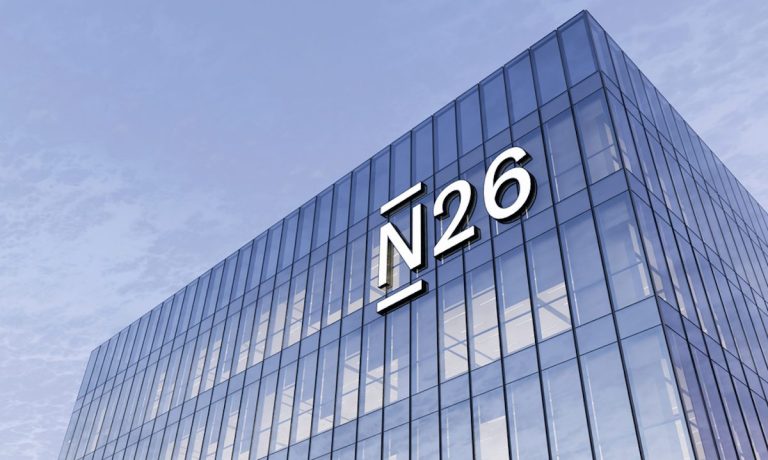Announcing on Thursday (Nov. 18) that it is ceasing operations in North America starting in January 2022, Berlin-based neobank N26 has recharged the debate around what consumers want from digital-first and digital-only banking — and who they want providing such services.
It’s a question that goes well beyond overlapping nomenclature to the heart of what consumers expect and feel most comfortable with when choosing financial institutions (FIs) today.
In a statement, N26 said that “its digital banking experience will no longer be available to customers in the U.S. after Jan. 11, 2022. The announcement comes as the digital banking leader continues to sharpen its focus on its European business, with an emphasis on expanding its offer beyond its current accounts to cover additional financial products and services.”
Giving no explanation other than the decision being based on “learnings from N26’s two years of growth in the U.S. market,” the financial community is chiming in with its opinions.
CNBC reported that “N26’s U.S. expansion, which began in July 2019, has faced a number of setbacks. For one, the firm laid off 10% of its New York-based workforce last year, citing challenges resulting from the coronavirus pandemic. Nicolas Kopp, the head of its U.S. operations, subsequently quit the bank. The company faced hefty competition in the U.S. from established banks like J.P. Morgan Chase and Bank of America,” as well as other digital players.
Many see this as a moment of truth for neobanks and digital banks that resemble the former in terms of mobile-centric, digital-native design, but offer a full menu of banking services. Conversely, neobanks tend to be more narrowly focused on verticals and specific capabilities.
Advertisement: Scroll to Continue
See also: Latest Digital Banking App Provider Ranking Deposits Valuable New Information
Trust, Recognition Weigh on Digital-Only Banking
The word soup of challenger banks, neobanks and digital banks whose services overlap in many areas — or can be gotten elsewhere — hasn’t made things easy for neobanks in the U.S.
Trust and name recognition are proving more potent in attracting consumers to digital banking.
PYMNTS’ new study “Digital Banking: The Brewing Battle for Where We Will Bank,” produced in collaboration with Optherium and based on a survey of 2,225 U.S. consumers, states that people tend to “value companies with well-known, trusted brand names that have track records of providing excellent digital experiences and delivering products reliably and securely.”
Per that study, the most trusted digital bank listed isn’t a neobank or challenger, but the legacy giant Bank of America, followed by a non-bank — Amazon — with Apple rounding out the top three. Of the other eight companies on the most-trusted list, not one is a neobank or challenger.
Those optics help explain the tough time startup neobanks are having in some markets.
Additionally, the new study finds that “security concerns tend to depress consumer interest in obtaining online banking services from nonbanks,” with 41% of self-professed “uninterested consumers” citing “fraud risk as a reason for disinterest in switching, and 47% said data security concerns drove their reluctance to switch their primary banking service provider.”
In all, 26% of respondents showing no interest in digital-only banking identified data security as the main reason to forgo digital banking. “Fraud was also an important concern, and roughly equal portions of 22% to 23% cited it in every age group.”
N26 is in the spotlight now, but is not alone in its American exit.
As CNBC reported, “It’s not the first time N26 has pulled its services from a major English-speaking market. The firm withdrew from the U.K. early last year, blaming the country’s exit from the European Union. N26 had reportedly been struggling to gain U.K. users,” and added that “British digital bank Monzo, which started testing its service in the U.S. in 2019, recently withdrew its application for a U.S. banking license.”
Get the study: Digital Banking: The Brewing Battle for Where We Will Bank




